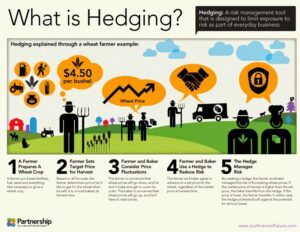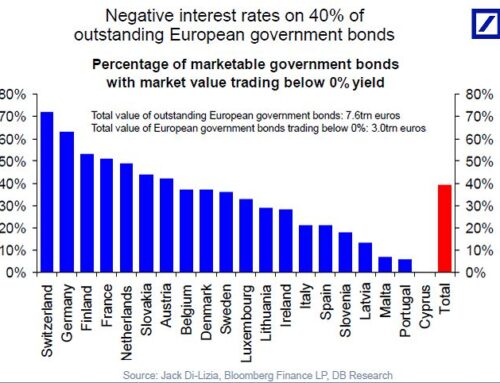”Risk is loss of purchasing power.”- Warren Buffett
— D.Muthukrishnan (@dmuthuk) May 4, 2017
Fascinating tweet to start for.
Only #finance defines risk as volatility.Volatility isn’t risk,say C. Thomas Howard & @TheIntuitInvest https://t.co/QbHrPPscL8 @Enterprising
— CFA Institute (@CFAinstitute) April 30, 2017
So what is a risk?
As per Investopedia, Risk is the possibility of not getting what you invested. In general, the risk is anything you get different from what you expected. So if you accept this definition, risk equal loss may look correct. But the risk is not one thing. It’s a combination of many different risks depending on what you are doing. If you are, For example, investing in Government securities, the risk profile here is different. But if you are driving a car, then your risk is additional. If you are Farmer, then for you, different seasons hold other risks.
In investing, every asset class holds a different risk profile. Equity and fixed income have additional risks. In Equity, value stocks are other than growth stocks. The emerging-market bears additional threats from the developed market—asset back securities holding differently than Govt securities.
The most basic rule in investing is Higher the risk, the higher the return.
You can’t get a return with zero risks. Even with Govt securities, there is a risk attached: inflation risk and interest rate risk. That’s why you received SOME return over it. Another myth here is Bonds are risk-Free. No. The question is who is an issuer, Coupon, maturity, etc. of bond decided what risk profile is.
There are ways to reduce risk. First, you can transfer the risk through derivatives.
Second, you can reduce the risk.
Third, you can avoid the risk.
On the other hand, loss means Failure to keep something or to have something—complete absence. There is a term in finance called value at risk. I believe that this concept explains the difference between risk and loss.
Value at risk is a measure of the risk of investments. It measures how much a set of assets might lose given normal market conditions in a set time such as day, year, month, etc.
Let’s take the example of Farming.
There are many risks for crops. A farmer might not get return what he expects. Someone may steal a crop. Harvest may burn. There may be an infection. But still, there is no loss. There is a risk of loss. A farmer can reduce risk in many ways, like Pesticides, derivatives, and Crop insurance, by keeping watch on it. But still, there is a risk. WHAT IF THE BUYER WON’T HAVE AN AMOUNT TO PAY? Going to end this post with one quote from Warren Buffett
Going to end this post with one quote from Warren Buffett
Risk comes from Not knowing what you are doing.



